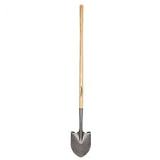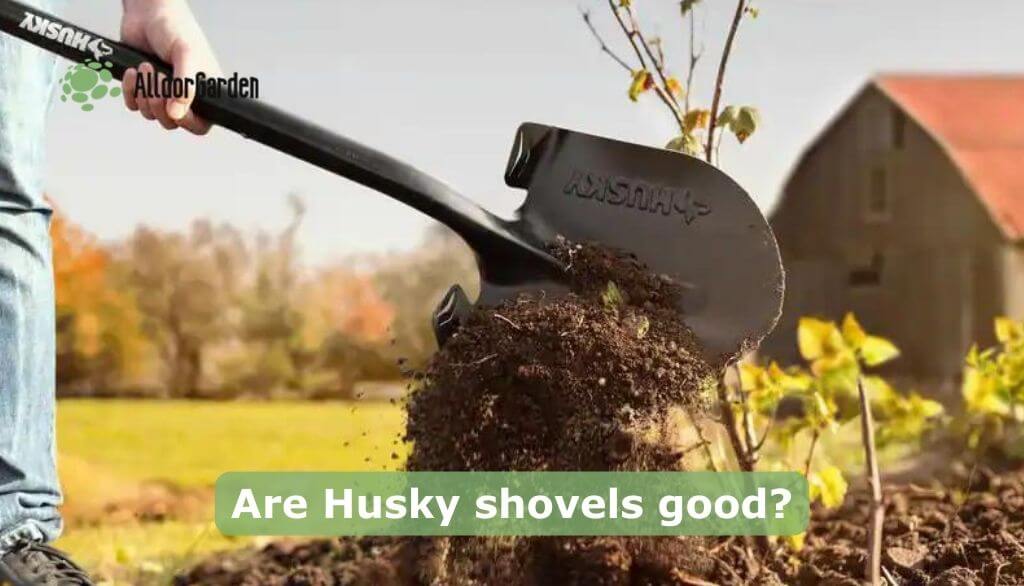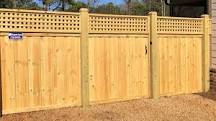So, how do you no-till your vegetable garden? The answer is simple: you let nature do the work! No-till gardening is all about minimizing soil disturbance, which helps maintain soil health, encourages beneficial organisms, and boosts your veggies’ growth. Let’s dive into how you can get started with this eco-friendly approach!
Why Go No-Till?
Going no-till isn’t just a trend; it’s a game-changer for your garden. Here are a few reasons why you might want to give it a shot:
Soil Health
No-till gardening preserves the soil structure, which means better water retention and nutrient availability. Healthy soil leads to healthier plants!
Beneficial Organisms
When you don’t disturb the soil, you’re protecting the little critters that help your garden thrive. Earthworms, fungi, and bacteria all play crucial roles in nutrient cycling.
Reduced Weeds
Less disturbance means fewer weed seeds are brought to the surface. Over time, this can lead to a more manageable weed situation.
Getting Started with No-Till Gardening
Ready to roll? Here’s how to set up your no-till vegetable garden:
1. Choose Your Location
Pick a sunny spot with good drainage. You want your veggies soaking up that sun!
2. Layering Materials
Start with a base of cardboard or newspaper to suppress weeds. Then, pile on organic matter like compost, straw, or grass clippings. This layering mimics natural processes and feeds the soil.
3. Planting
When it’s time to plant, simply make small holes in the mulch and drop in your seeds or seedlings. No need to dig up the whole area—just poke and plant!
4. Watering Wisely
Keep an eye on moisture levels. The mulch will help retain moisture but check regularly, especially during dry spells.
5. Mulching
Keep adding organic material as it breaks down. This not only feeds the soil but also keeps weeds at bay.
Maintenance Tips
No-till doesn’t mean no work! Here are some tips to keep your garden thriving:
Rotate Crops
Mix things up each season to prevent pests and diseases from settling in.
Monitor for Pests
Keep an eye out for any pesky critters and deal with them promptly using organic methods.
Add Organic Matter Regularly
Top-dress with compost or other organic materials every season to keep that nutrient cycle going strong.
Summary
No-till gardening is a fantastic way to grow veggies while being kind to Mother Earth. By minimizing soil disturbance and focusing on layering organic materials, you can create a thriving ecosystem right in your backyard. Remember, patience is key—give your garden time to adjust and flourish!
FAQ
What vegetables are best for no-till gardening?
Most vegetables can thrive in a no-till setup! However, root vegetables like carrots or potatoes may need a bit more attention since they require deeper soil preparation initially.
How often should I add mulch?
It’s good practice to add mulch at least once a year, but feel free to top it off whenever you notice it breaking down or thinning out.
Can I still use fertilizers?
Absolutely! Just opt for organic fertilizers that won’t disrupt the soil structure. Compost is a great choice too!
Is no-till gardening suitable for all climates?
Yes! No-till gardening can work in various climates, but you may need to adjust your materials and watering practices based on local conditions.







